
SkyEcho is a portable ADS-B transmiter. It can also receive solution ADSB signals but needs a separate display solution.
By Graham Brown
Airfield, Airspace & Avionics
The world has changed over the past decade with a plethora of devices to aid Air Traffic Control and pilots to identify collision risks and warn accordingly. Which devices should glider pilots install and how can they help or hinder a pilot to avoid a collision?
Lookout
Lookout is, and always will be, the primary way to avoid a collision with other aircraft. Your eyesight, scanning and situational awareness are primary to this method, and are well covered in the Training material. However, we now have to deal with Regional Airlines, many more GA and RAAus aircraft and, soon, other unmanned aircraft. Some of these are small, fast moving targets, which sometimes makes them difficult to see. It can be quite a surprise when they appear out of nowhere.
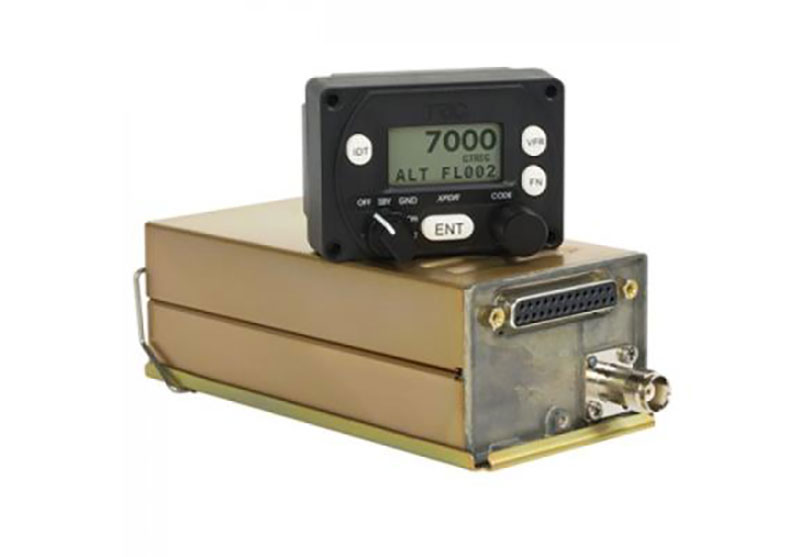
With a suitable GPS source, Trig TT22 can be used for ADS-B in gliders.
Surveillance Equipment
Surveillance equipment initially consisted of Primary Radar for Air Traffic Control (ATC) to detect a signal bounced off metal aircraft, and gave a bearing to the radar. ATC could direct aircraft via radio accordingly. These Primary Radars still exist today but are fast diminishing. Secondary Radars send out a signal that a transponder in the aircraft receives and responds to with a signal that, as a minimum, identifies the aircraft. Altitude and other information may also be embedded in the return signal.
ADS-B sends out a signal periodically, about once a second, with the identification of the aircraft, its position and sometimes other information derived from a GPS source. It sends its signals out on the transponder frequency with an extended code called an extended squitter.
ADB-B Solutions
All IFR aircraft in Australia now have ADS-B and are transmitting ADS-B signals. So if IFR traffic is a hazard in your area, it’s a good idea to have a device capable of seeing these signals. Power Flarm can see them and at this stage is the easiest way to equip a Glider. Sky Echo can receive them but needs a display screen. Electronic flight bags and phone apps can fill the gap, but require mounting another device in the cockpit. If you are using an Android phone and XCSoar as your main navigation device, then the Traffix app is an integrated solution.
It is not compulsory for IFR aircraft to have ADS-B IN (receivers), so if you have a Sky Echo, those pilots may not see you, even though you are transmitting. On the other hand, most airlines do have ADS-B IN screens and the Sky Echos show up, but the pilots are sometimes too busy to look at the screen. Also, ATC can switch on and off the low powered ADS-B, so they won’t necessarily warn airliners of glider traffic.
These procedures are slowly changing, so keep using the Sky Echo. GA and RAAus aircraft are using electronic flight bags with ADS-B IN and they can usually see your Sky Echo, which is good. CASA are encouraging VFR aircraft to equip with Electronic Conspicuity devices such as the Sky Echo, and the uptake has been very good.
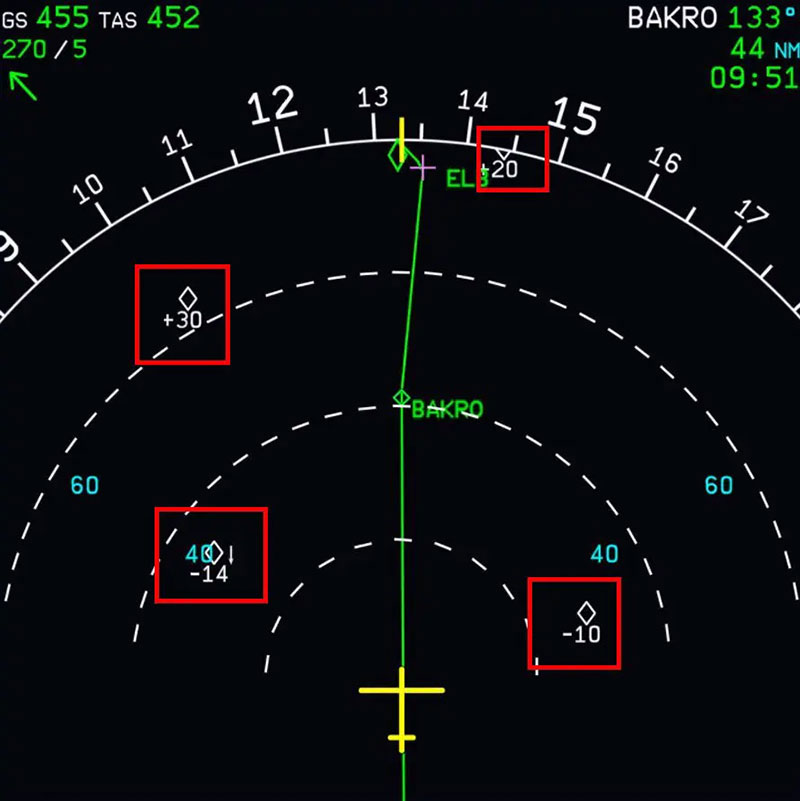
TCAS (traffic collision avoidance systems) are installed in most airlines. However ADS-B, including the Sky Echo, won’t reply to TCAS and will not give avoidance advice.
Transponders
Transponders in Australia are all on 1090Mhz, whereas in the USA, some are on the UAT frequency of 978Mhz. Don’t buy these for use in Australia as they can’t be used. Because of the ADS-B upgrade going on in Australia at the moment, a lot of old Mode C transponders are being discarded. Don’t buy them, as they will be of no use in accessing additional Airspace nor can they be seen by ADS-B.
If you want to access controlled airspace - that is, not a wave window under a letter of agreement - you will need to get clearance and will need a fully approved transponder for the class of airspace you want to access. A number of Mode S transponders are available for gliders now such as the Trig TT22 and, with a suitable GPS source, can be used for ADS-B.
Getting clearance into controlled airspace for a glider in Australia is not common, so expect delays or denial. It’s best to talk to Airservices about what you want to do beforehand. It is common in other parts of the world for gliders to use controlled airspace – for example, in New Zealand – and ATC can be very helpful particularly if you are trying to break a record or achieve a goal.
TCAS
Traffic collision avoidance systems, or TCAS, are installed in most airlines in Australia and use S mode transponder/receivers to interrogate the transponder of the other aircraft. The transponder/receiver pair sends out a signal and decodes the reply like a secondary radar. Avoidance advice is given accordingly.
TCAS only works with S and C mode transponders, as they reply with a signal to the interrogation. ADS-B, including the Sky Echo, won’t reply to TCAS, so the system will not give any avoidance advice. Don’t think the airlines will automatically avoid you if you have a Sky Echo. It's best to give a position report on the radio if one is in your vicinity and there could be a collision risk. Regional airport CTAFs are the usual hot spots.
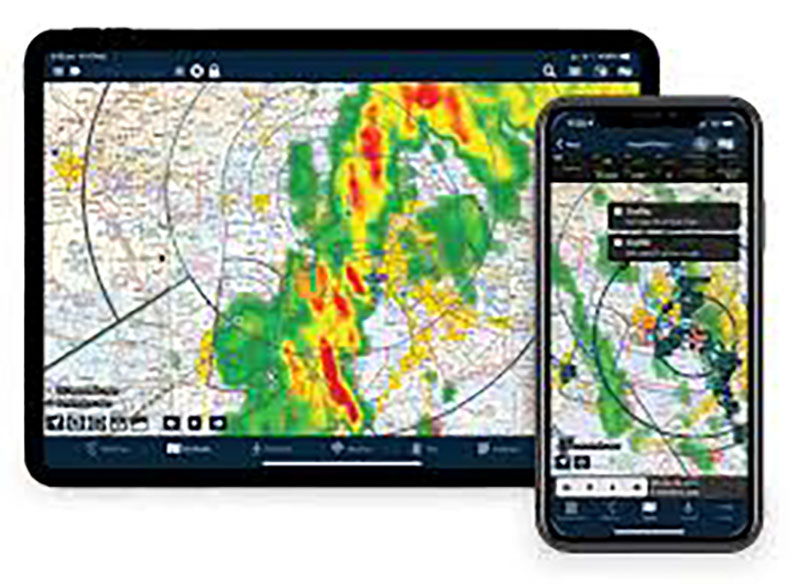
Many GA and RAAus aircraft are using electronic flight bags with ADS-B IN, and can usually see Sky Echo.
FLARM
FLARM is not a required or approved device for use in any airspace but is a great aid for see-and-avoid at close distances and slow speeds. FLARM has been used in Australian Gliding for many years and has proven to be a great safety aid. FLARM is a very low powered ADS-B type device, whereas it periodically transmits a data stream that contains the aircraft identification, position, expected position at a time in the future and lots of other position related information.
The position is derived from the GPS and barograph. The receivers use the signals to compare with the current and expected position of the glider and alarm accordingly. The FLARM protocol and collision algorithms are proprietary, so it will not work with anything else that is not FLARM approved.
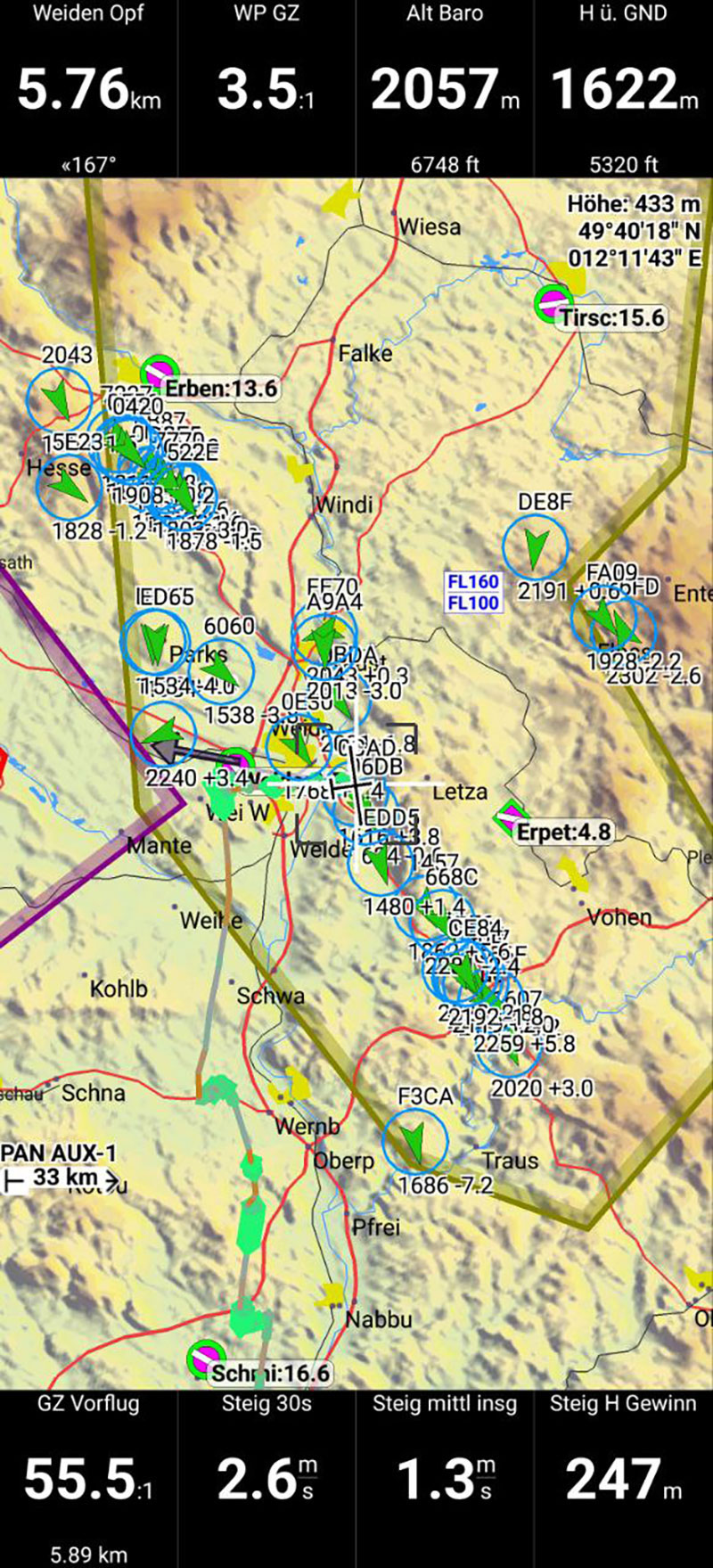
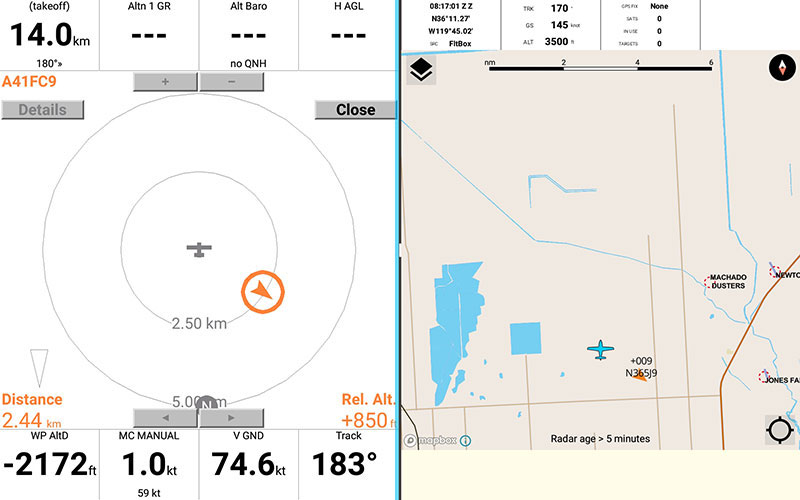
Sky Echo can be displayed on Android phones with XCSoar and the Traffix app installed.
Horses for Courses
There is a fair degree of overlap in functionality between ADS-B and FLARM, however, both are currently needed to meet gliding needs. Airlines, GA and RAAus aircraft will not usually be FLARM equipped as its range and speed capability are not suitable. The FLARM alarm for an aircraft coming head on at 150 knots would be of the order of 10 seconds if you were stationary, worse if you are moving towards it. The range of FLARM is usually 3km or so for the small antenna installed in the aircraft and the low powered transmitter of 1 0milliwatts.
ADS-B, on the other hand, transmits at 250 watts for a certified system and down to 20 watts for the Sky Echo, so its range can be hundreds of kilometres, and tens of kilometres for the low powered ones. However, because ADS-B does not currently have sophisticated collision warning algorithms in any of the electronic flight bags, it isn’t much use for thermalling gliders.
So, horses for courses - FLARM for the close-in stuff, with ADS-B for fast moving powered traffic, seems like a sensible set-up.
Power FLARM / Sky Echo Combination
A power FLARM with a Sky Echo will have you covered if you fly with lots of powered traffic in your area. If you have a straight FLARM and a Sky Echo, then there are work arounds to get the ADS-B IN signals and see the powered traffic, but they can be clumsy. In any case, it’s worth having the SKY Echo in order to allow a reasonable chance the powered aircraft will pick you up.
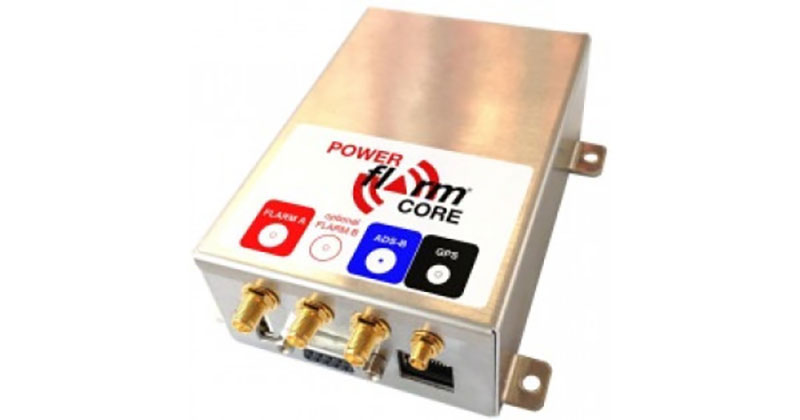
Power Flarm receives ADS-B signals and all IFR aircraft in Australia now have ADS-B.advice.
Remember that all these devices should not replace or distract you from the primary eyeball surveillance and radio assisted situational awareness.






























